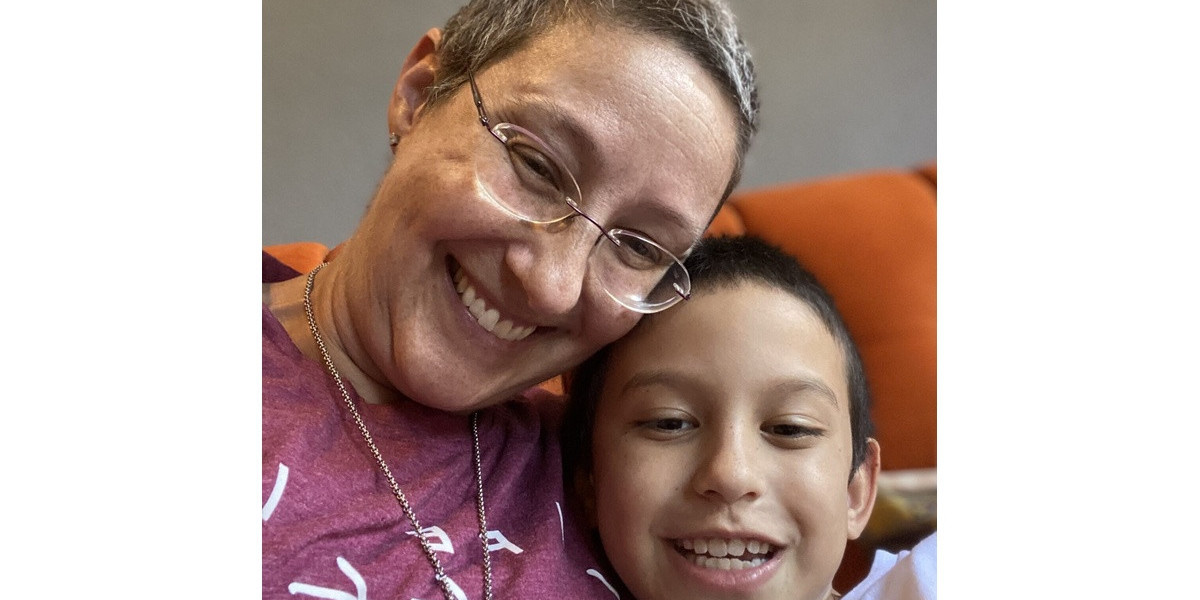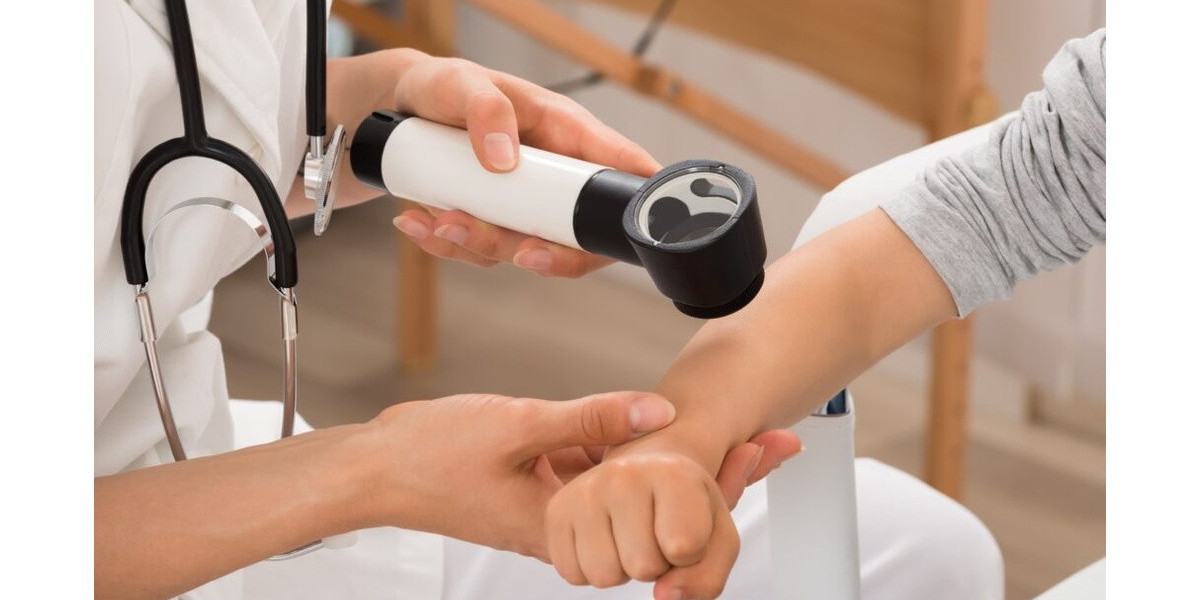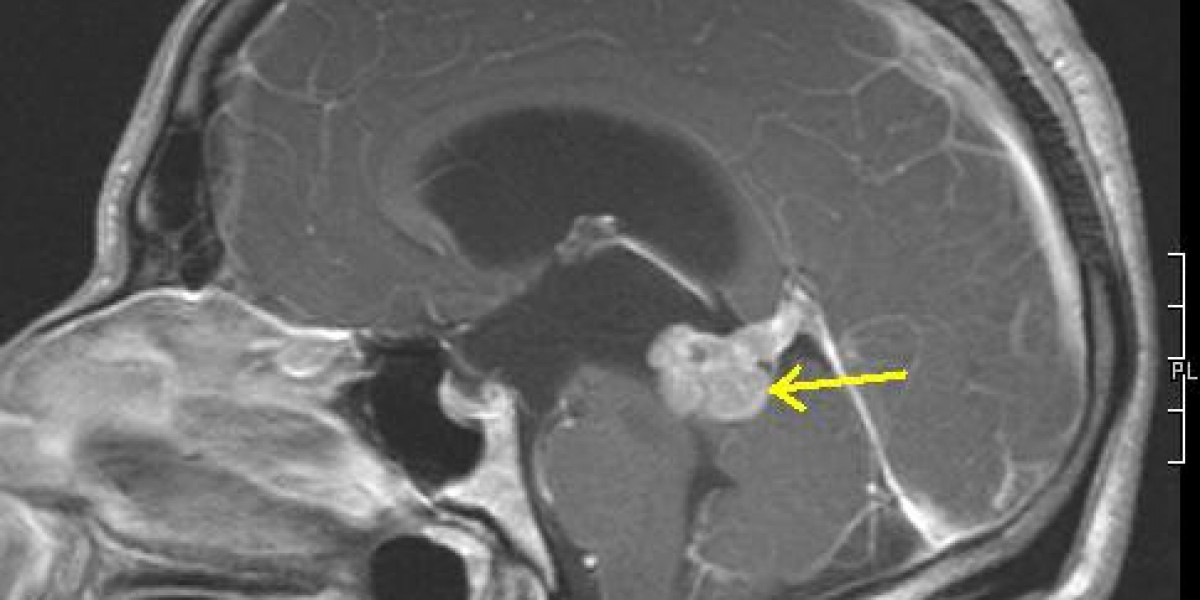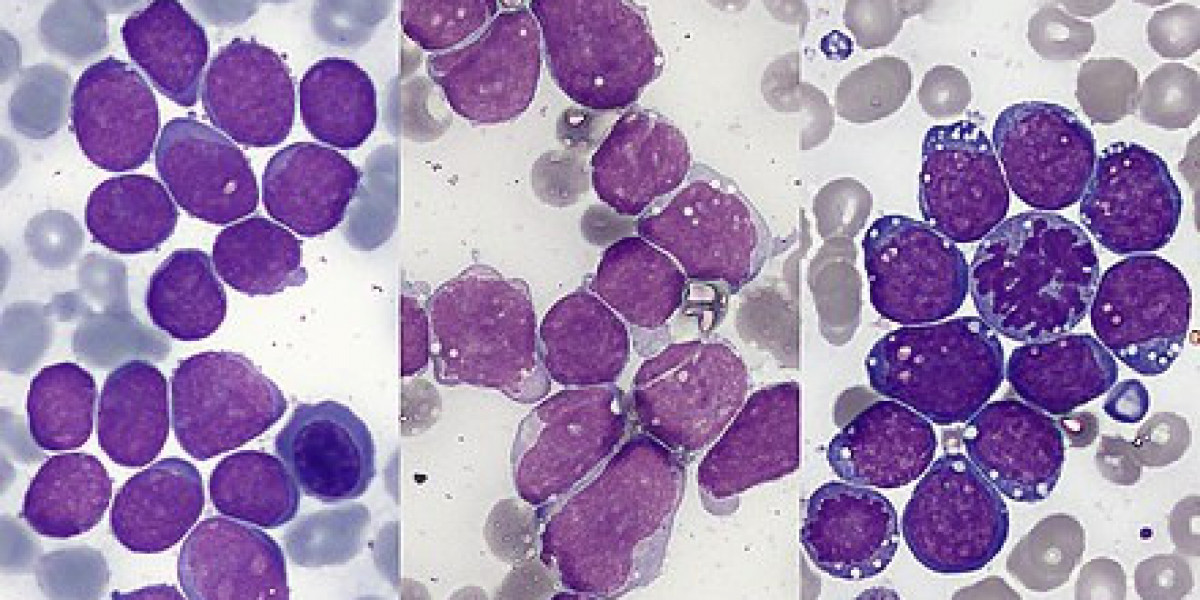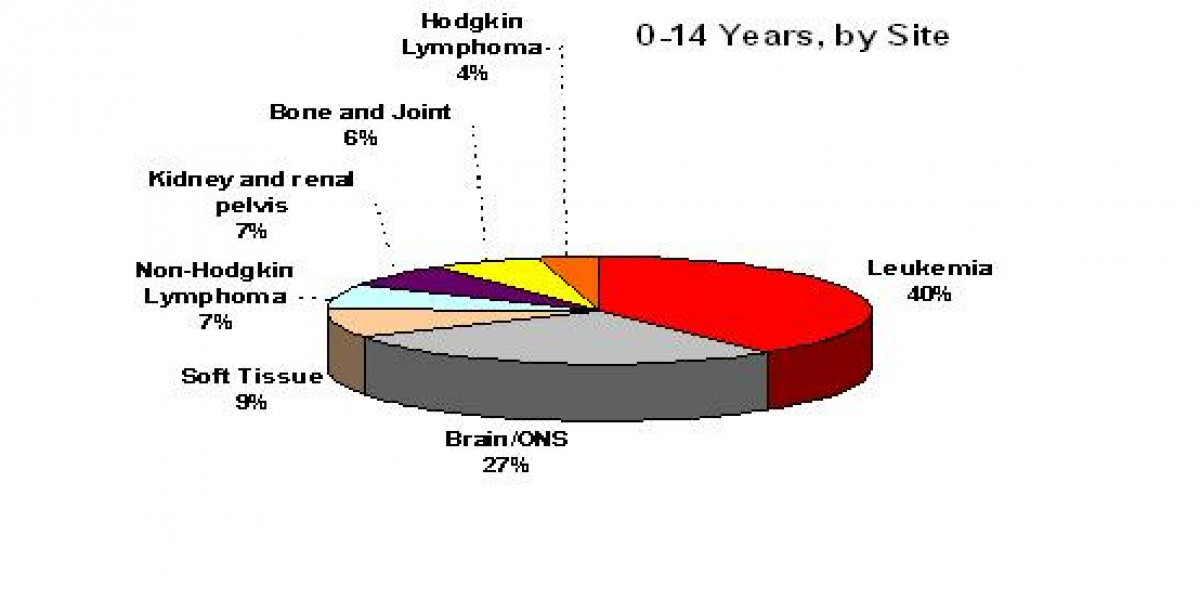Table of contents:
A blood cancer diagnosis can feel staggering. From the point of diagnosis, your life may feel completely different. And it can be hard to motivate yourself to do things that used to be a part of your everyday life.
Here’s the thing: doing those things (things like physical activity or daily chores) can have a positive impact. Although circumstances vary from person to person, medical experts often suggest that gentle, consistent movement can offer measurable advantages. Many people find that incorporating an appropriate exercise program helps them feel more grounded, fosters a sense of normalcy, and may enhance well-being in day-to-day life (Schwartz 2004).
Staying active can play a supportive role during treatment or recovery. Here are some key ways in which exercise for cancer patients may be advantageous.
Exercise and cancer considerations differ at various phases of treatment and recovery. The goals you set for yourself might shift depending on your current health status and doctor’s guidance.
Staying motivated can be challenging, but there are strategies to keep yourself on track:
If scheduling formal workouts feels too strenuous or intimidating, consider weaving simple activities into your everyday life:
Although moderate activity can be beneficial, some circumstances call for extra caution. Always follow your healthcare team’s guidance if any of these conditions apply:
Through research, patient support, and education, The Leukemia & Lymphoma Society (LLS) helps individuals and families facing leukemia, lymphoma, and other blood cancers.
Your support for LLS fuels this life-saving work. Every dollar brings us closer to cures for leukemia and lymphoma.
Physical exercise and cancer treatments can coexist in carefully curated ways that prioritize safety and comfort. You may discover improvements in mood, resilience, and overall quality of life by tailoring activities to your personal abilities. There are numerous strategies to stay active—from enjoying brief, relaxed walks to engaging in gentle resistance exercises—all while respecting your body’s limits. Remember that every bit of movement counts and celebrating small victories can help you stay motivated on the path toward enhanced well-being.
Above all, know that you don’t have to navigate these decisions alone—support, information, and resources are available to help you make informed choices about exercise for cancer patients.
Schwartz, Anna L. 2004. Cancer Fitness: Exercise Programs for Patients and Survivors. Simon and Schuster.
Originally published on The Cancer Research Institute: https://www.lls.org/blog/exercise-blood-cancer-patients

